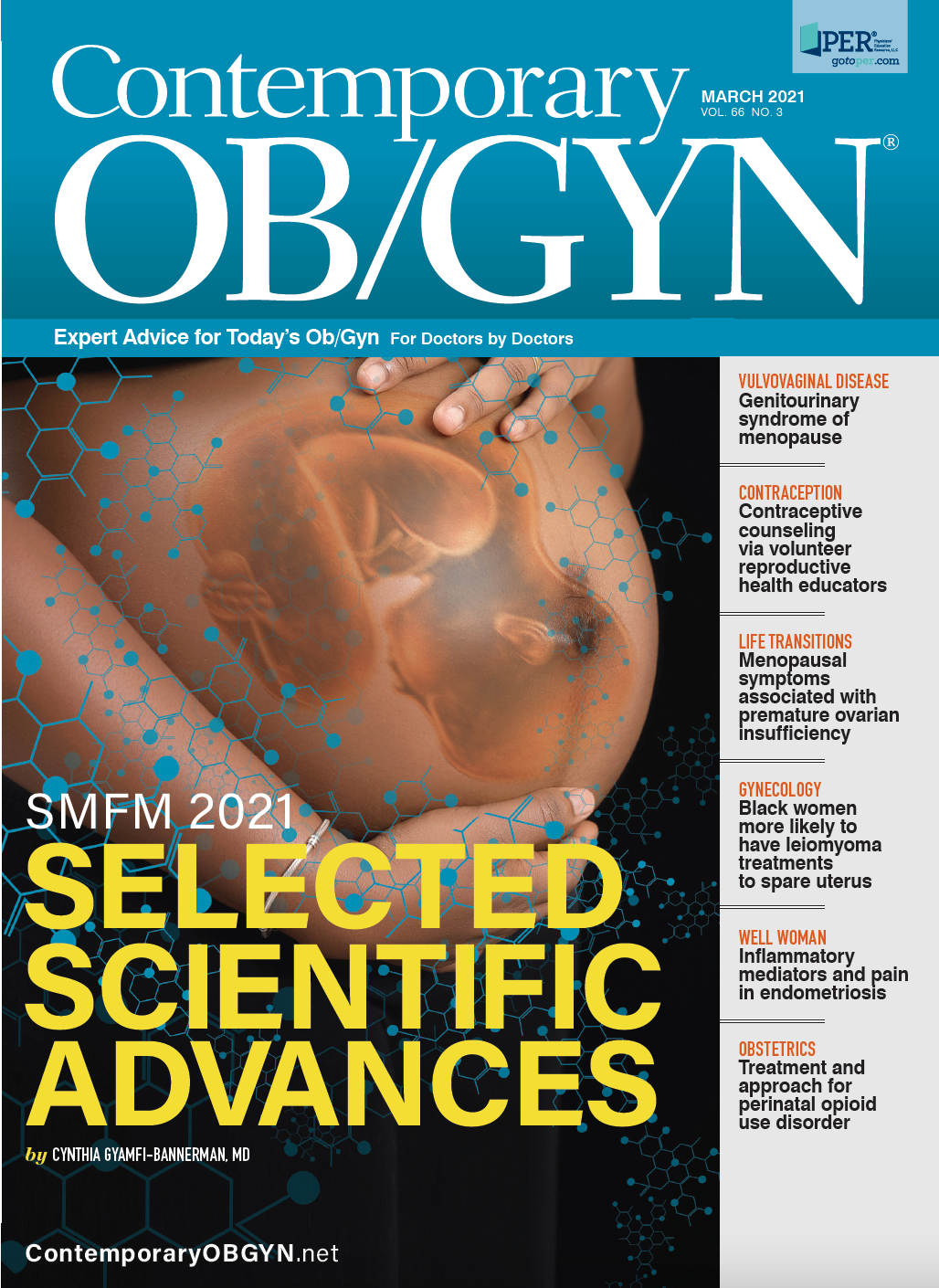Augmenting/replacing obstetric comorbidity index with L&D features
“We are very concerned about increases in SMM noted in recent years in the United States,” said principal investigator Dena Goffman, MD.
The ability to predict severe maternal morbidity (SMM) significantly improved at a 4-hospital system in New York City through augmenting or replacing features within the obstetric comorbidity index (OCI) with clinical features that are automatically extractable during labor and delivery (L&D).
“We are very concerned about increases in SMM noted in recent years in the United States,” said principal investigator Dena Goffman, MD, chief of obstetrics at Sloane Hospital for Women within NewYork-Presbyterian/Columbia University Irving Medical Center. “SMM also has some inherent challenges, including the fact that whether a patient has SMM is determined retrospectively based on coding data, which is notoriously inaccurate. Furthermore, SMM is not risk-adjusted.”
Principal investigator Dena Goffman, MD

The authors sought to develop a retrospective cohort to determine whether they could improve on existing risk-adjustment approaches by using data from a patient’s actual electronic health record (EHR) rather than coding alone. They also aimed to find out if this data could potentially be used in real-time rather than retrospectively.
The study, conducted from January 2016 to January 2020, comprised 60,034 deliveries, of which 4,754 (7.9%) were excluded due to missing pre-delivery Hematocrit (Hct) records.
Two sets of pre-delivery clinical features were defined: labor and delivery (L&D)-OCI, denoting features redundant with OCI indicators; and L&D-additional, denoting additional features not in OCI that might predict non-transfusion severe maternal morbidity.
Logistic regression models were run using combinations of these feature sets and OCI or augmented OCI. A model that included augmented OCI plus extra features (area under the curve [AUC] = 0.88) outperformed OCI alone (AUC = 0.85). A model including only automatically extractible features (AUC = 0.80) also performed well.
“One of the models that we developed improved the ability to retrospectively risk-adjust SMM by adding easily extractible L&D features that currently exist in any EHR,” Goffman told Contemporary OB/GYN. “For this we achieved an AUC of 0.88, meaning that the model would give a patient with SMM a higher risk score than a patient without SMM 88% of the time, which indicates a strong model.”
In a second novel model, the investigators removed all features obtained retrospectively through coding and included only features automatically extractible from the EHR in real-time, which performed similarly to previously reported retrospective methods (again, AUC 0.80), “with the important difference that it relied solely only on data that can be extracted automatically while a patient is in the hospital,” Goffman said. “This real-time model would give a patient with SMM a higher risk score than a patient without SMM 80% of the time.”
Given the fact that many of the features captured retrospectively could actually be captured in real-time, “it is feasible that with minor modifications to the EHR we could further improve the real-time predictive ability,” Goffman said.
The ability to improve retrospective risk-adjustment and potentially move toward prospective risk prediction does not surprise Goffman.
“It is exciting to think we may be able to use this type of readily available information to help improve maternal care,” she said.
Ideally, the investigators would like to be able to proactively identify patients at risk for SMM in hopes that awareness will allow clinicians to intervene to prevent harm. “Bringing SMM risk-prediction to the bedside, within the EHR, will provide an opportunity to develop risk-reduction strategies,” Goffman said.
The authors look forward to piloting real-time SMM risk prediction on L&D within their EHR, “in our ongoing quest to improve maternal care and outcomes,” she said.
__
Goffman reports no relevant financial disclosures.

Current treatments for recurrent bacterial vaginosis leave many patients dissatisfied
February 28th 2025A new study presented at ISSWSH highlights patient dissatisfaction with current treatments for recurrent bacterial vaginosis, emphasizing the need for more effective therapies and improved provider communication.
Read More
